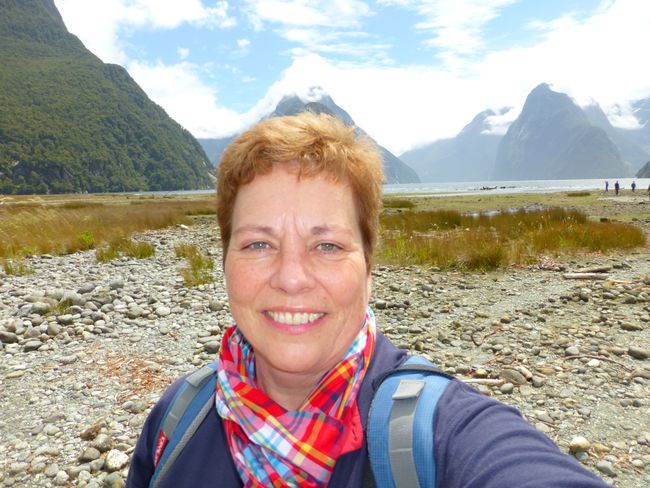
10 Tage Neuseeland im Mietwagen
vakantio.de/schnupperreiseneuseeland
Akaroa-Christchurch & Flight to Auckland - Day 7 in New Zealand
Жарыяланган: 20.08.2019
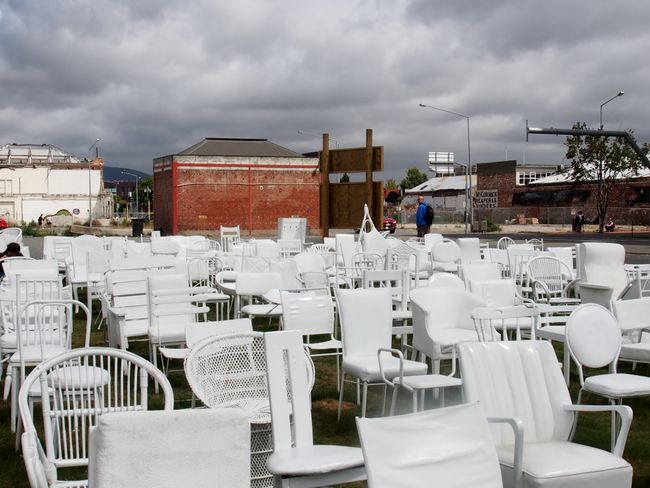
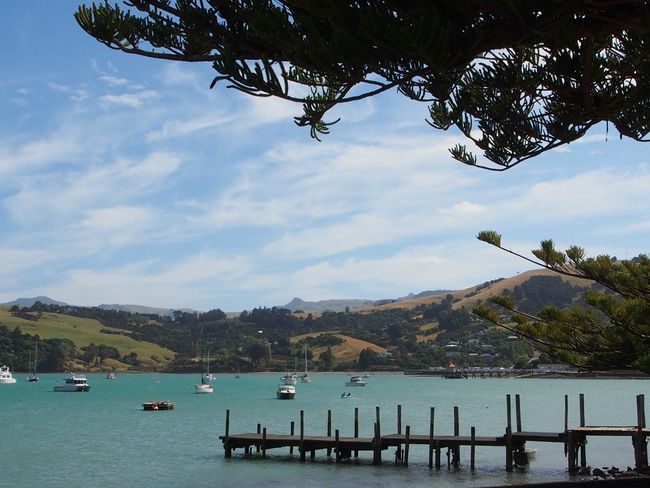
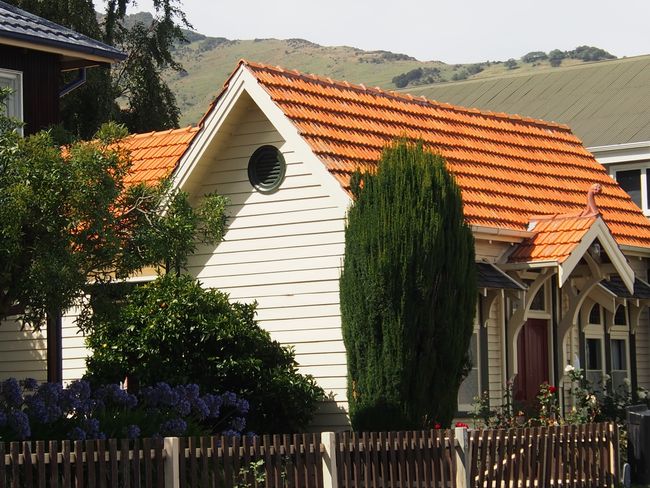
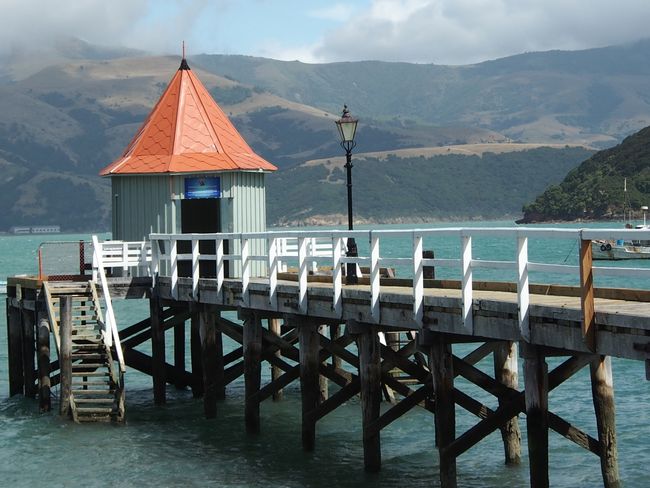
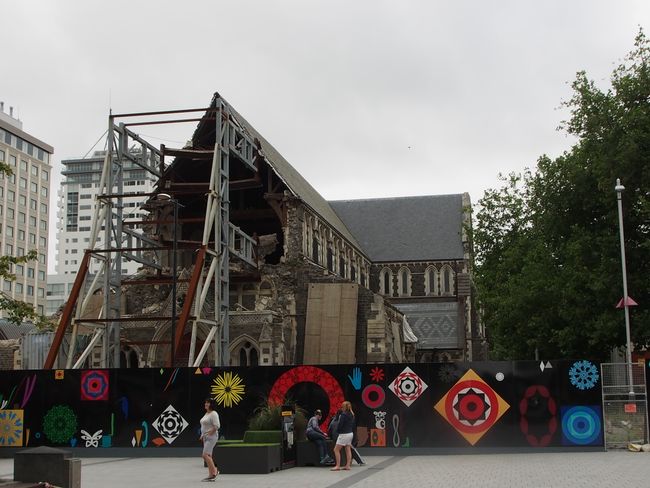
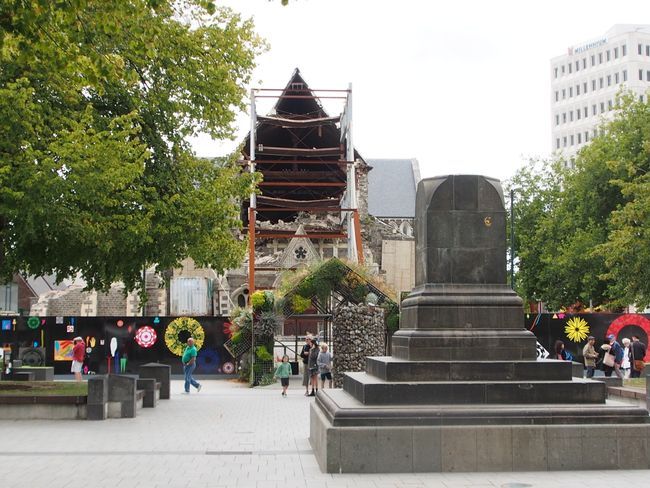
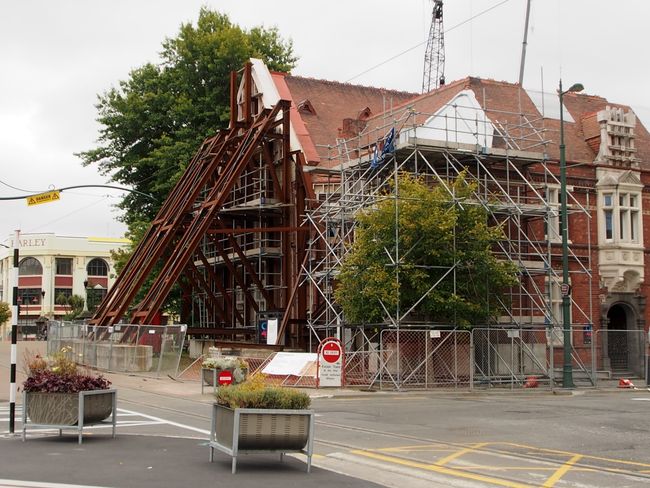
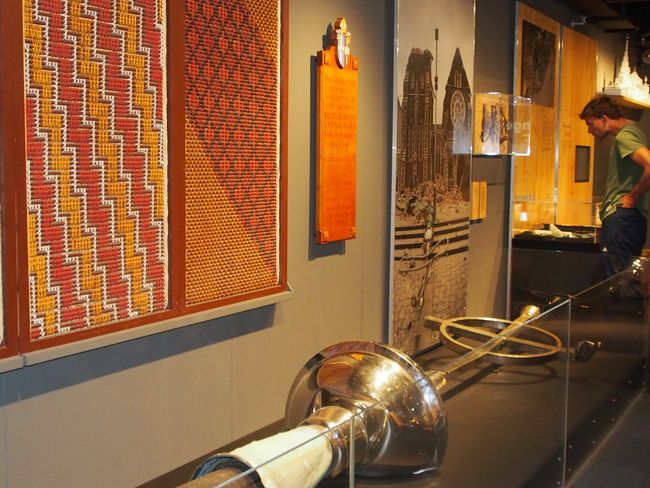
Бюллетенге жазылыңыз
30.1.2014 Christchurch 'the quake city' and farewell to the South Island
My last day on the South Island begins with sun and clouds and pleasant temperatures. In front of the hotel in Akaroa, I pack my bag for the final time, as well as my backpack and small handbag.
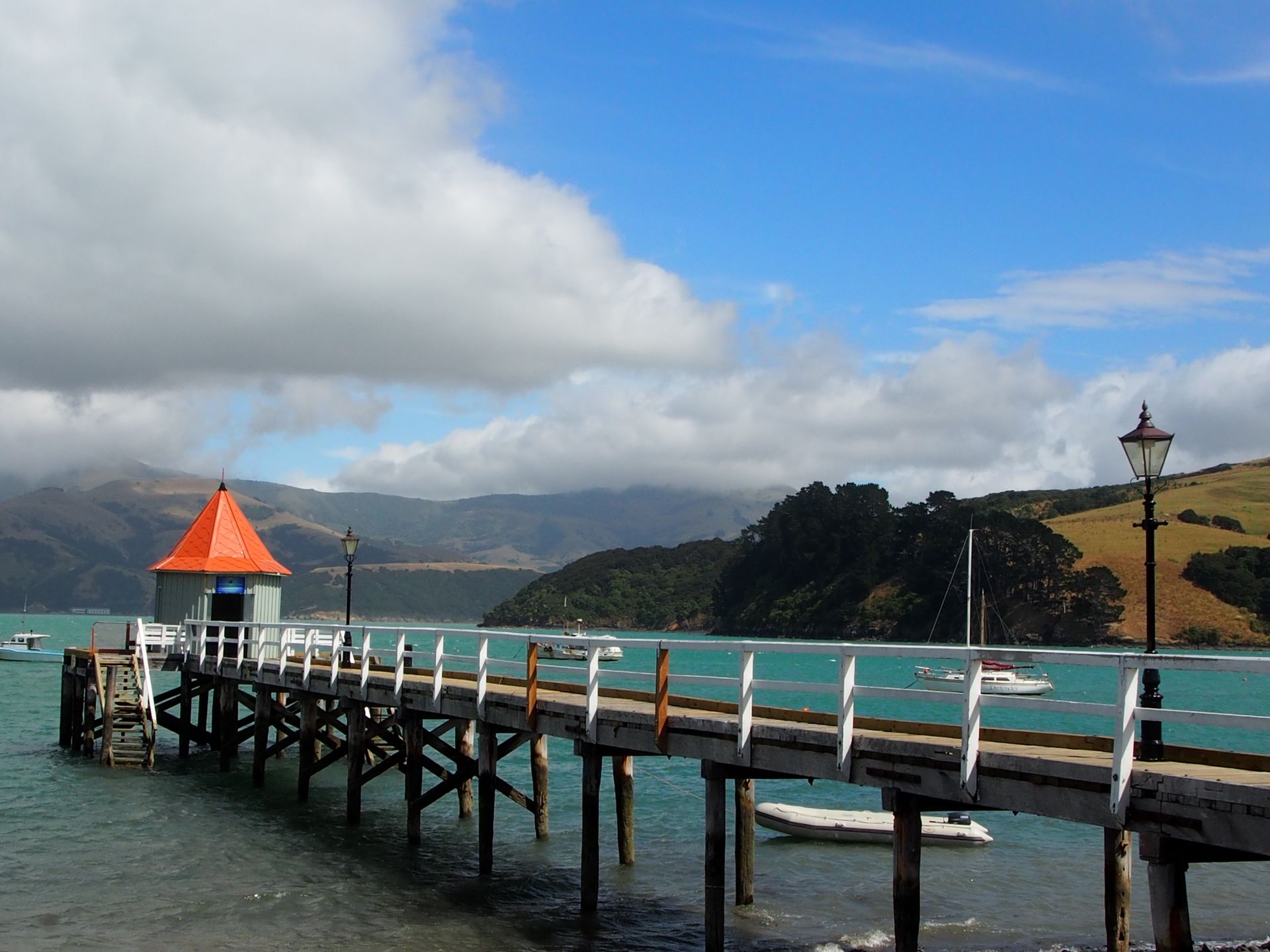
Akaroa


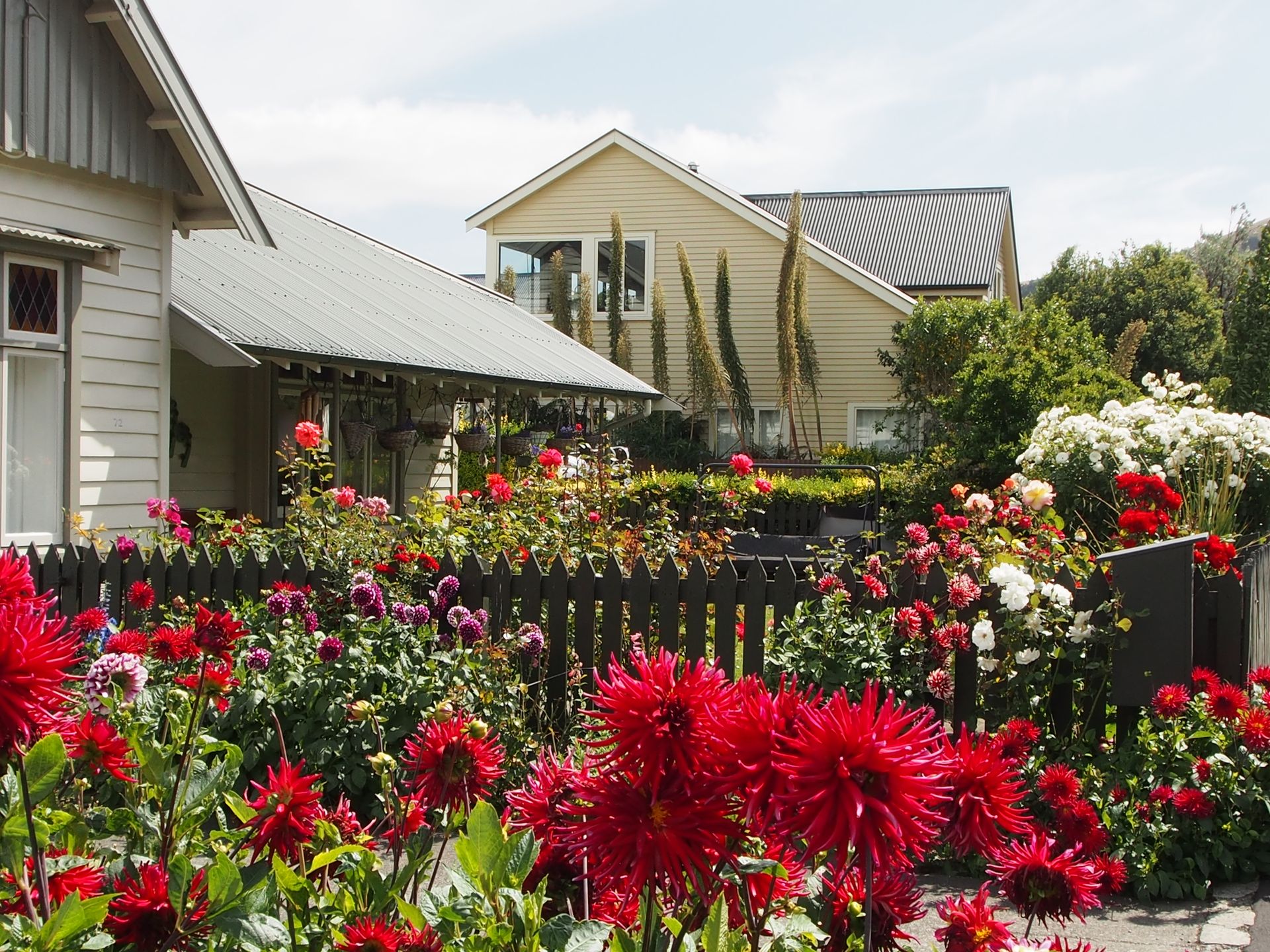
I sit in the sun in front of the mailboxes in town and quickly write 5 postcards on my lap before I head off with a sandwich and a flat white in hand. Christchurch is still 1.5 hours away and the drive along Highway 75, instead of the tourist route, is not much better or different. I always wonder how the excursion guests here can endure long bus rides and constantly see deep abysses on the left or right. I wouldn't want to be a bus driver here either. But I wouldn't want to be a bus passenger either.
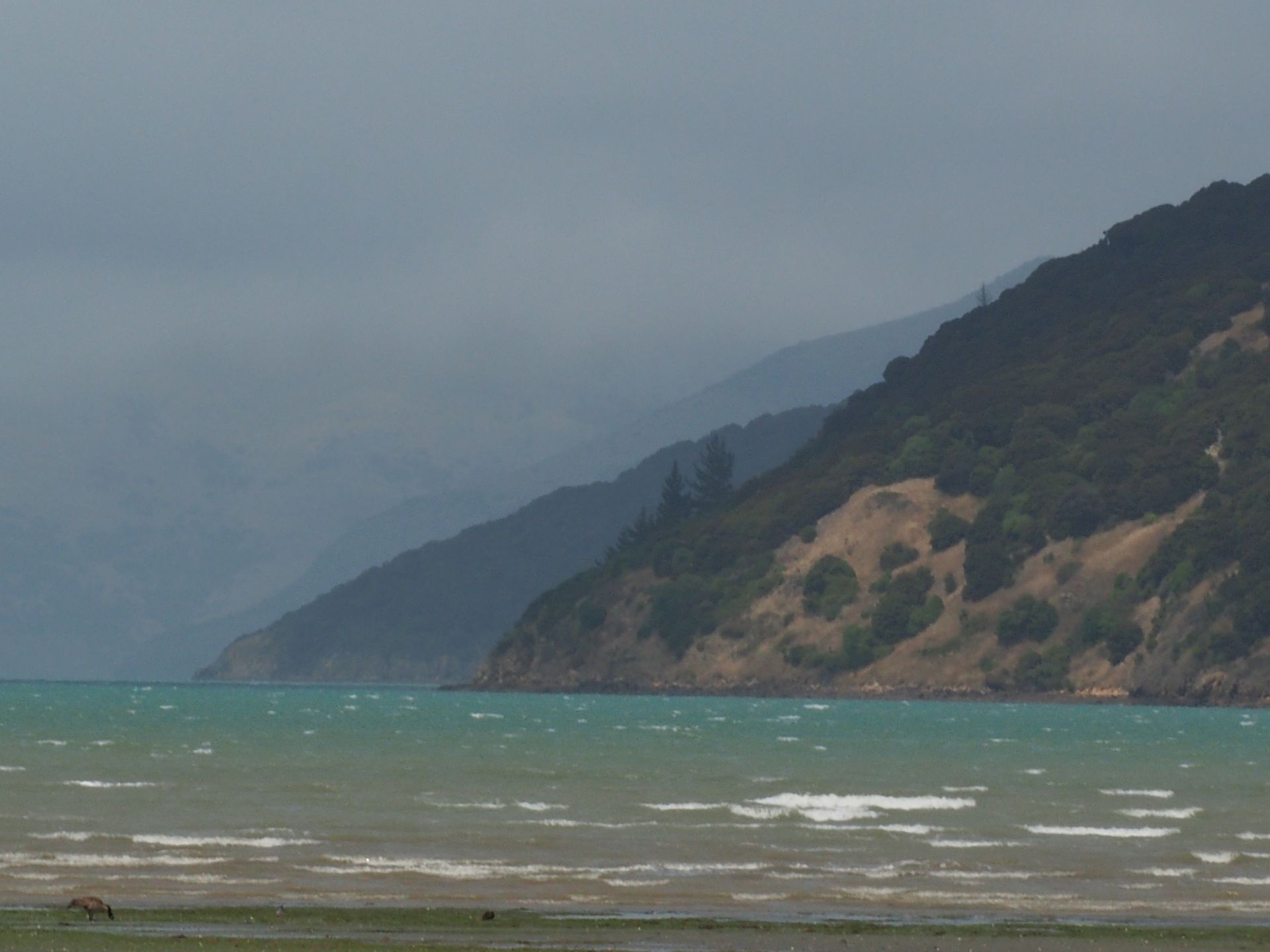
The curves seem endless and I breathe a sigh of relief when I finally encounter the first traffic jam. The left-hand traffic is no longer as complicated now, and whether it's city traffic, highways, or country roads, it all works fine. The only thing is that the turn signal has to be operated with the right hand and the wiper with the left, which often leads me to activate the wiper instead of the turn signal in the heat of the moment. I also see other drivers wiping dry windshields. They all have the same problem and reveal themselves as tourists who are not from Australia, New Zealand, or the Commonwealth. After the beautiful sun in Akaroa, the hills soon become covered in clouds, and I am glad that I was able to take such beautiful pictures last night. Who knows what the weather will be like when we are here with the ship on February 7th. Besides, I won't be participating in any excursions that involve driving 2,000 curves by bus.
Christchurch is windy and therefore quite cold. And it's broken. I had already heard and read that after the earthquake in 2011, it was doubtful whether and when the damage would be repaired and houses would be rebuilt, but I didn't imagine it like this. It's practically impossible to take a photo without having a house with construction fences, supported walls, or a vacant lot in view, where a house definitely stood before the earthquake. The whole city feels like September 11th. At least in the city center. Many shop signs, like Starbucks or Foot Locker, make you think that the store is there, but they are all at risk of collapsing, so the doors are locked and the furniture, shelves, etc. are left inside, making the whole place look like an inhabited ghost town.
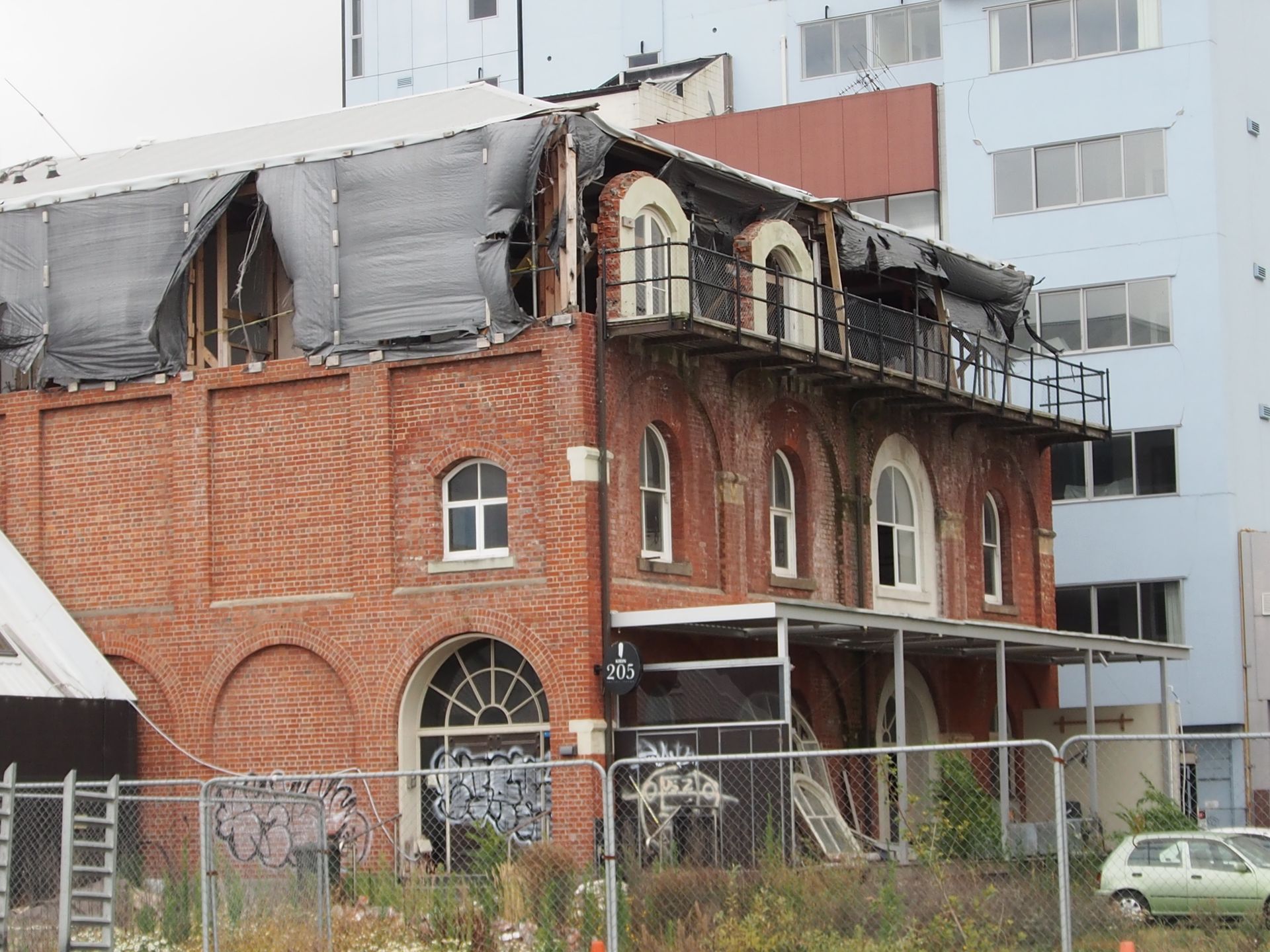
Christchurch January 2014
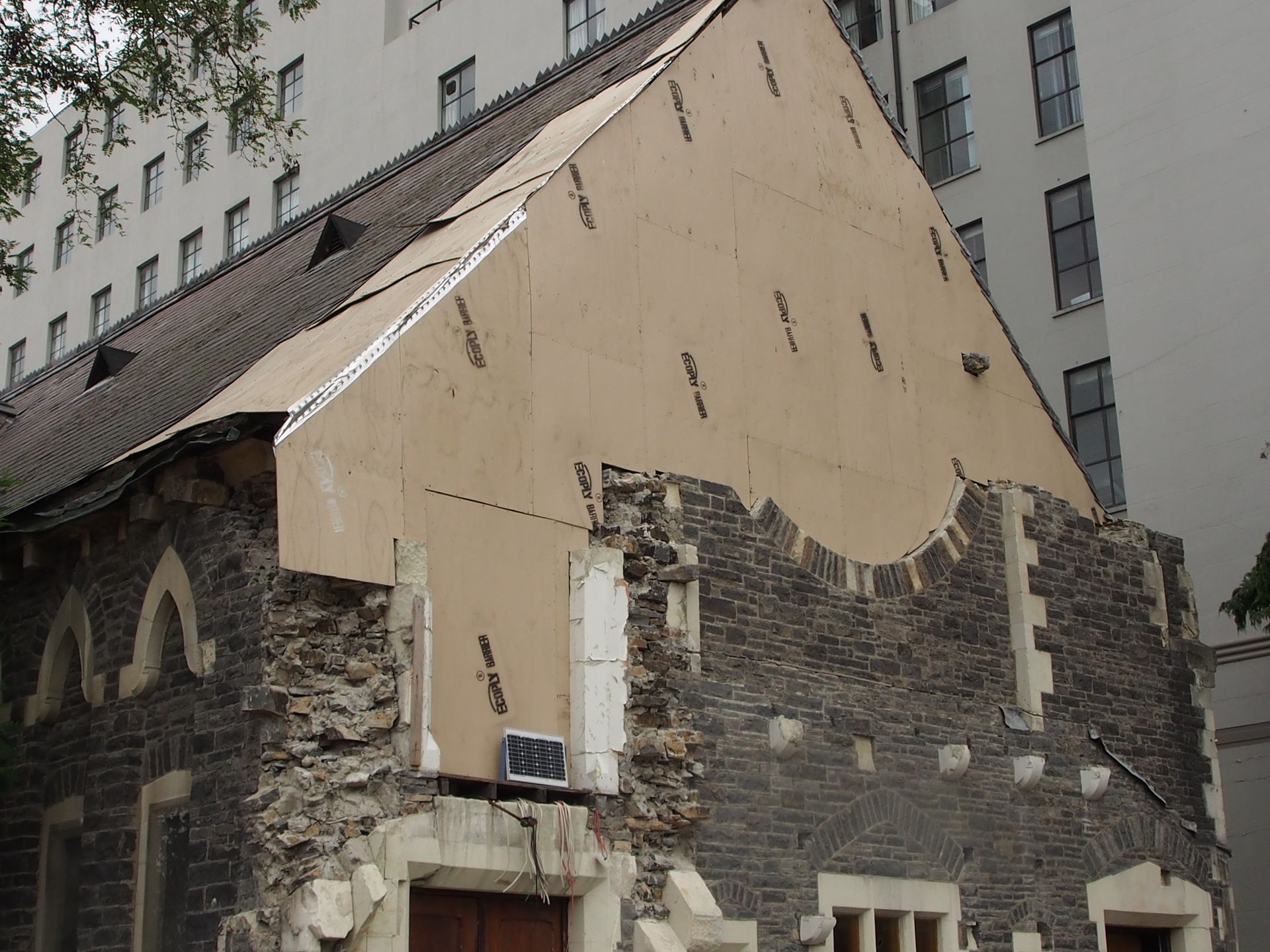
Christchurch January 2014
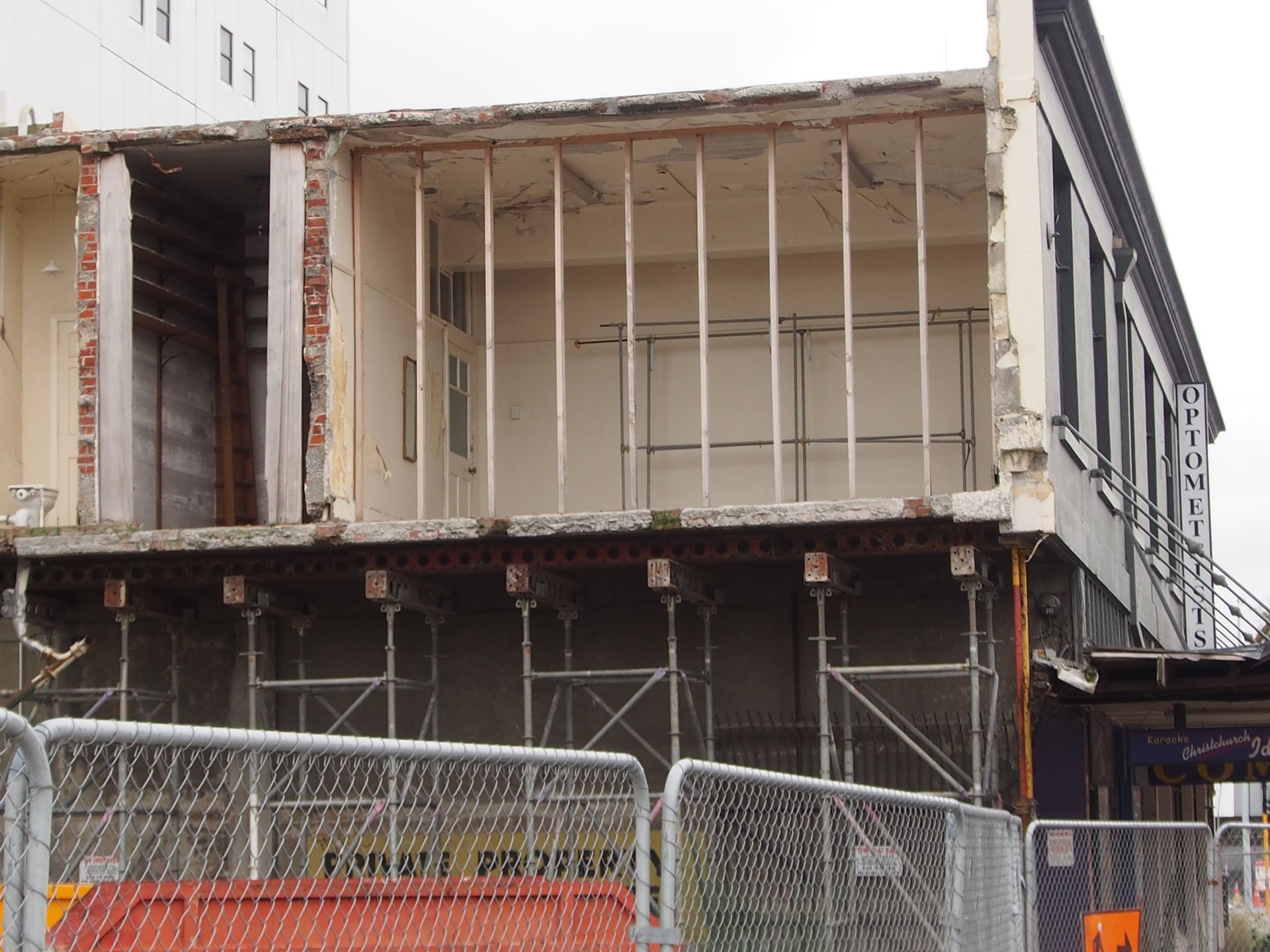
Christchurch January 2014
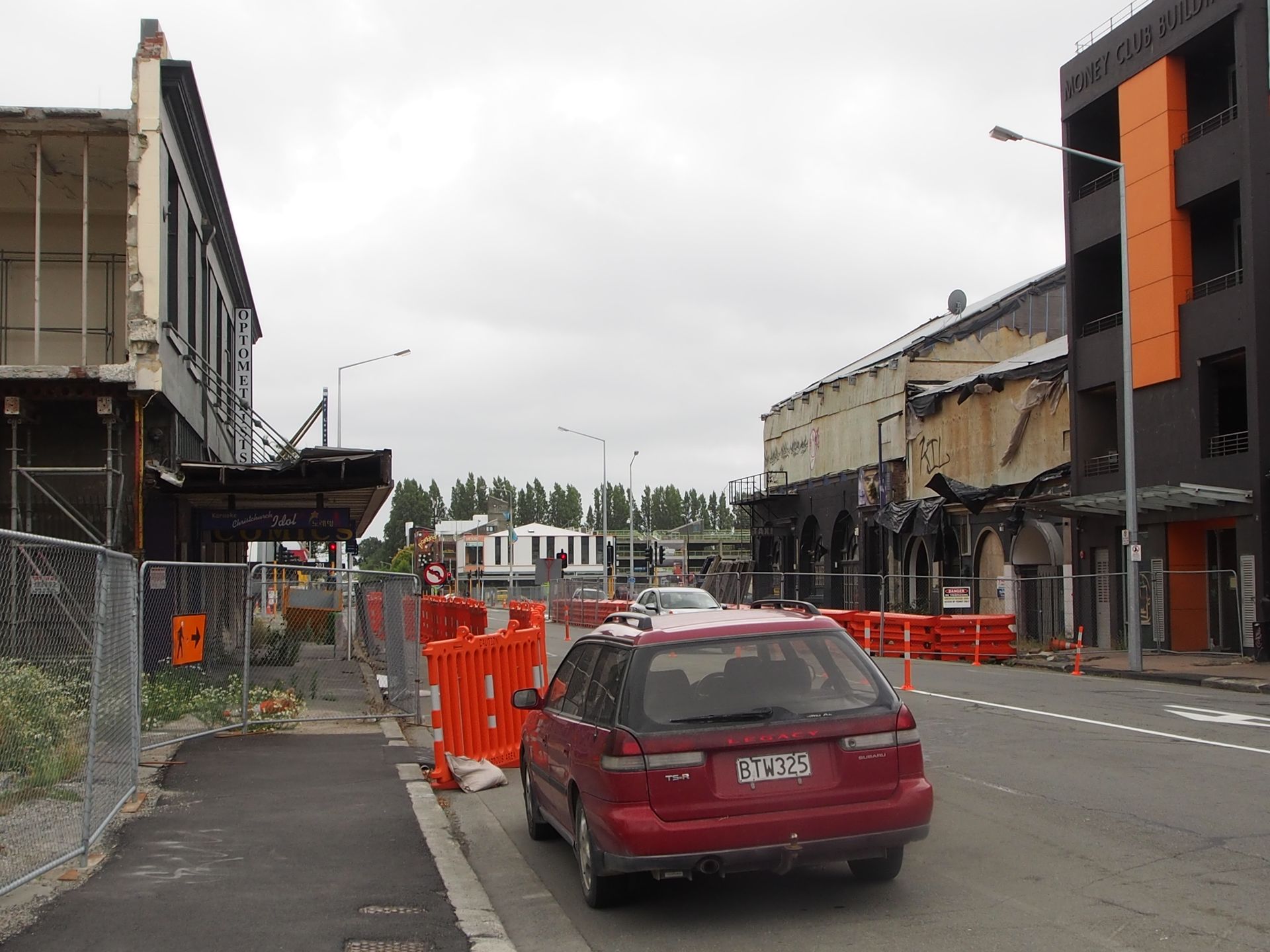
Here and there, however, there is still an open store, but it has no neighbors. Then you see tall office buildings and think they were lucky, until you stand in front of the building and see a construction fence around the ground floor and everything is inaccessible and empty.
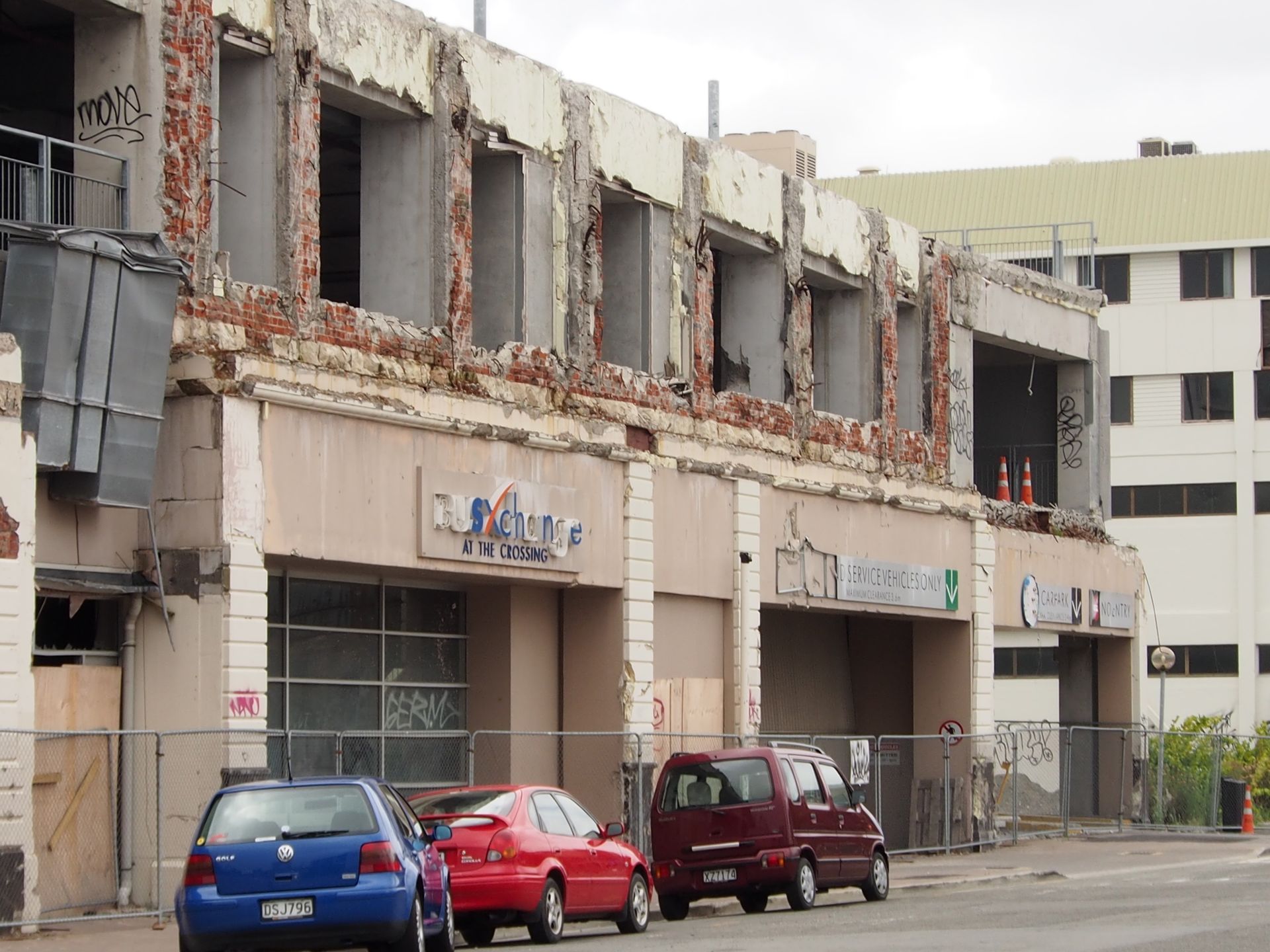
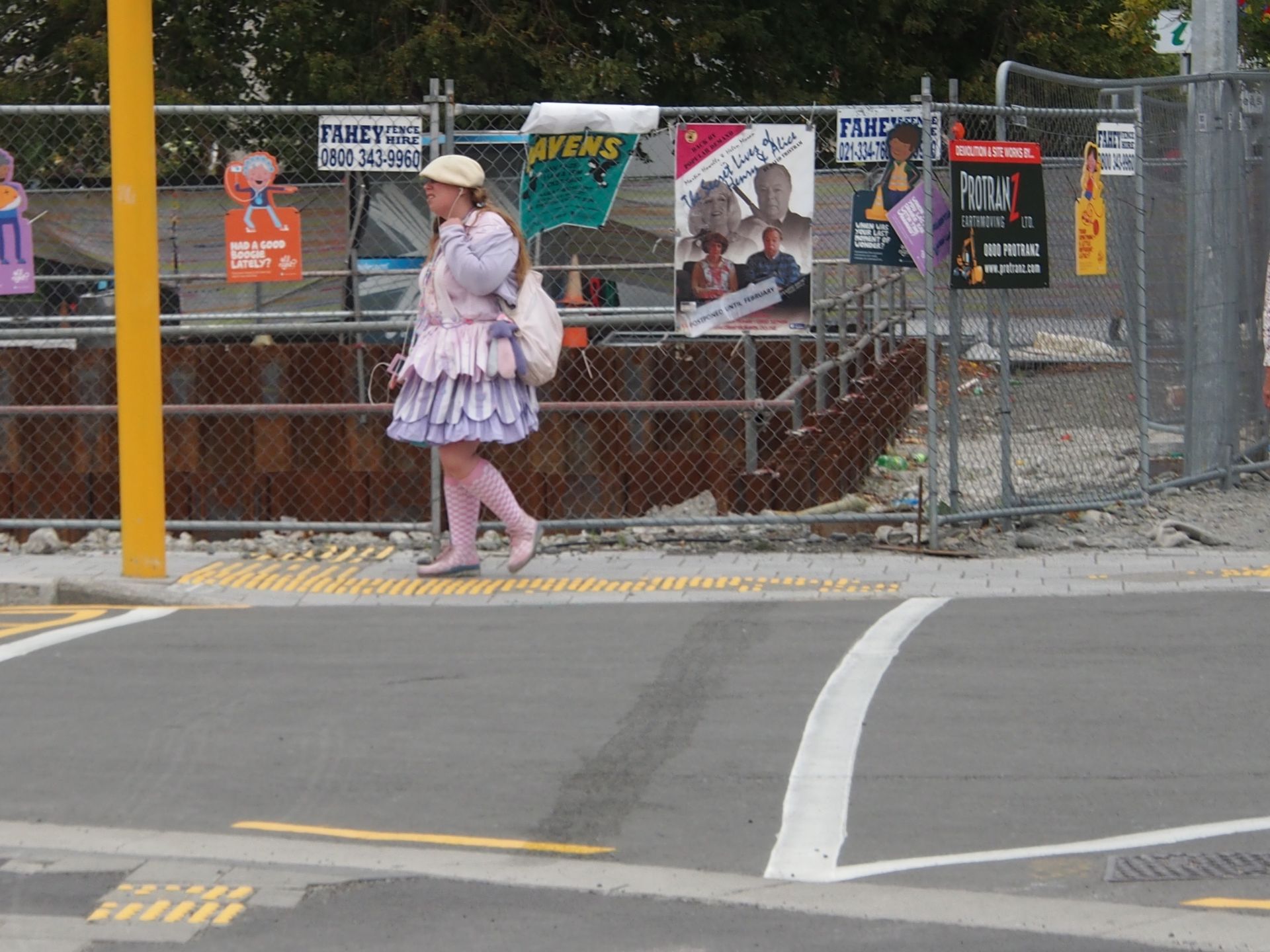
Based on photos, one would assume that Christchurch was a beautiful city. With many Victorian houses, a large cathedral, and English architecture from 150 years ago. However, after two earthquakes in quick succession, with the second one occurring only 6 months after the first major earthquake, the damage repair and reinforcement were not yet completed when the next earthquake hit. It was in September 2010 and on February 22, 2011.

Christchurch Cathedral
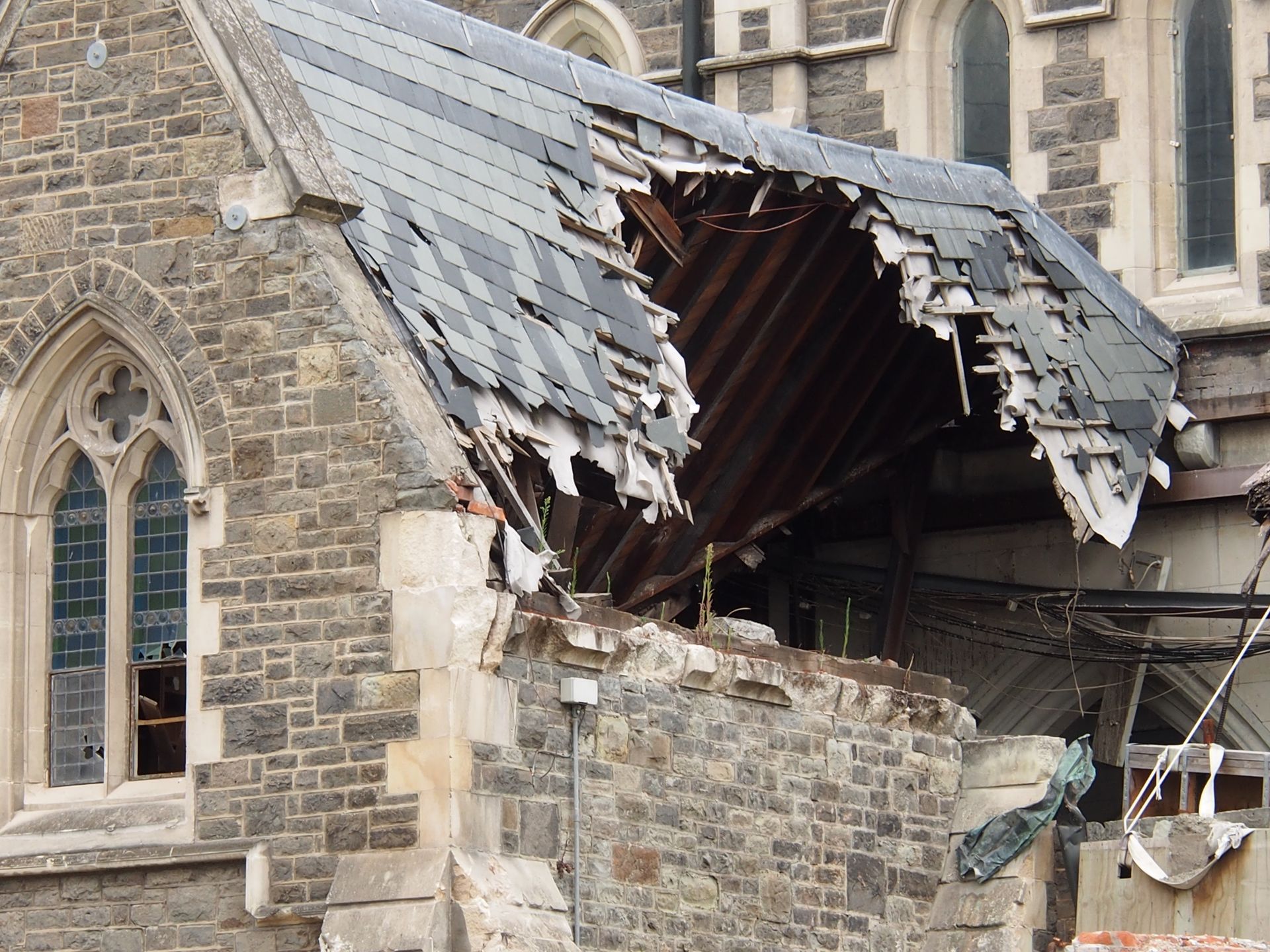

A ¨185 empty chairs¨ art installation commemorates the 185 victims of the 2011 earthquake. As I stand there, tears roll down my face. How helpless one is in the face of such natural disaster, and twice in a row.
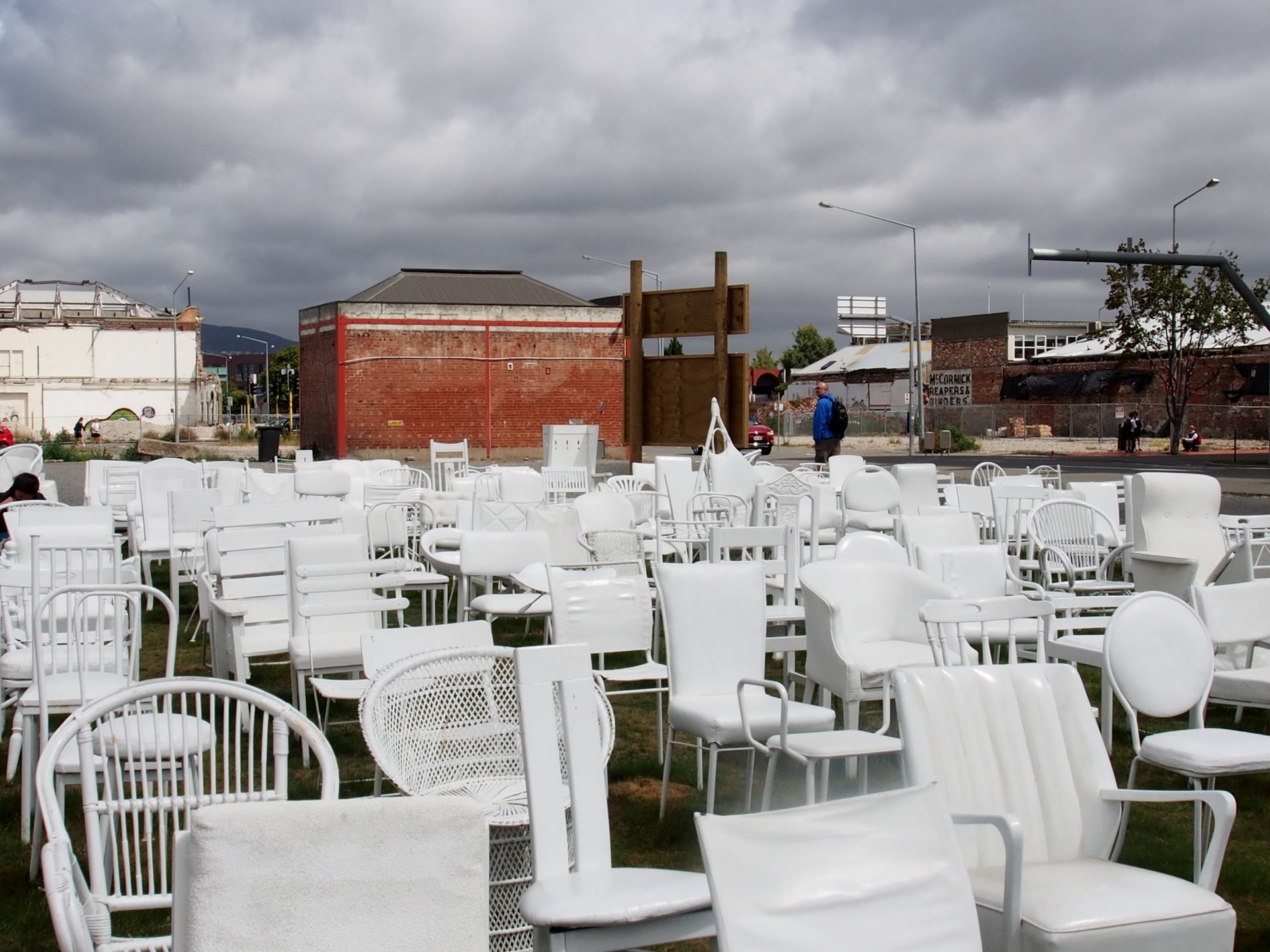
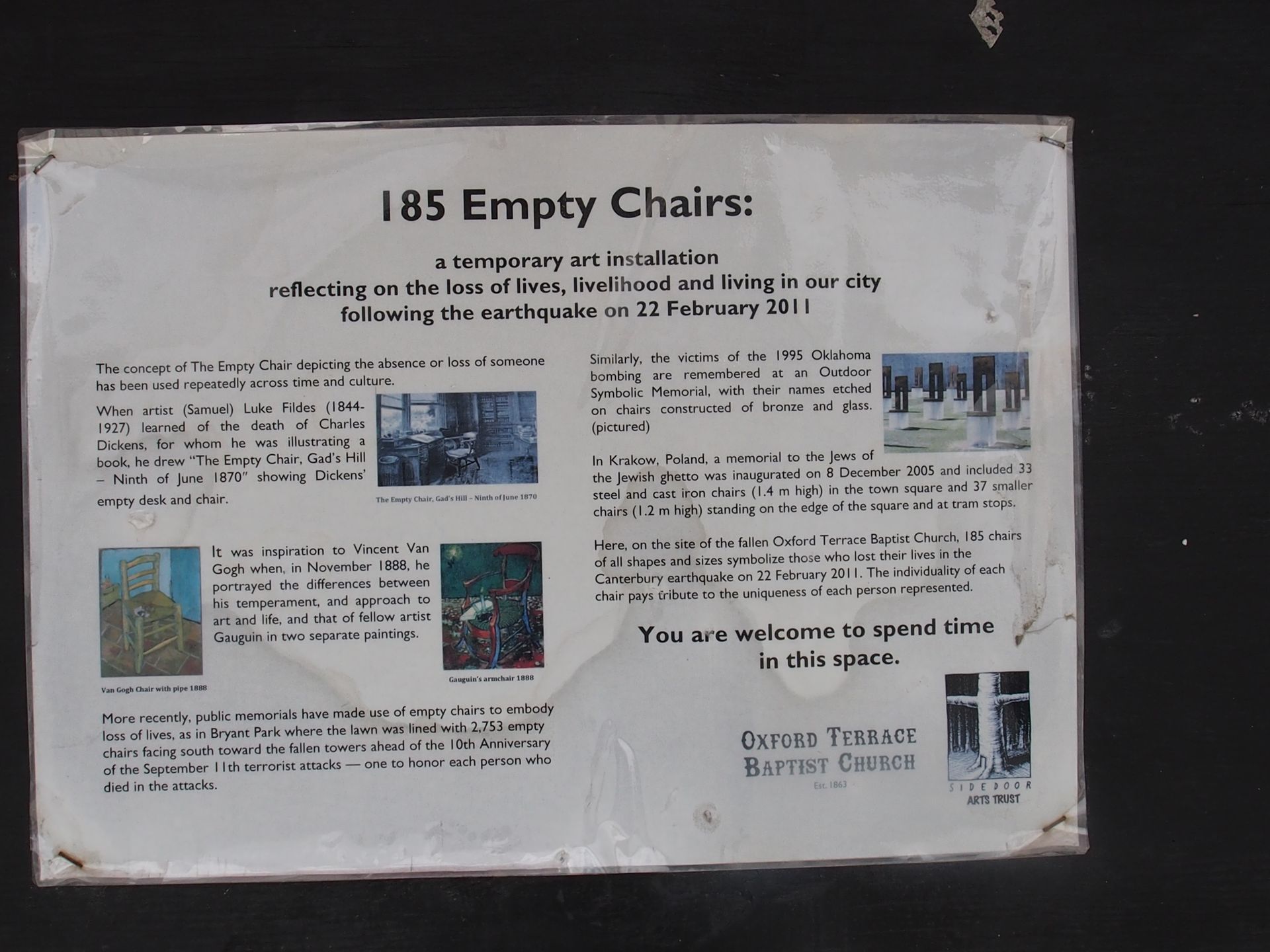
Of the 185 casualties, 115 were in a building housing a newspaper company. There are many vacant lots in Christchurch - often used as parking lots - but of course, there are significantly fewer tourists, which the locals certainly need for income. No monument, no statue stands on its pedestal anymore.
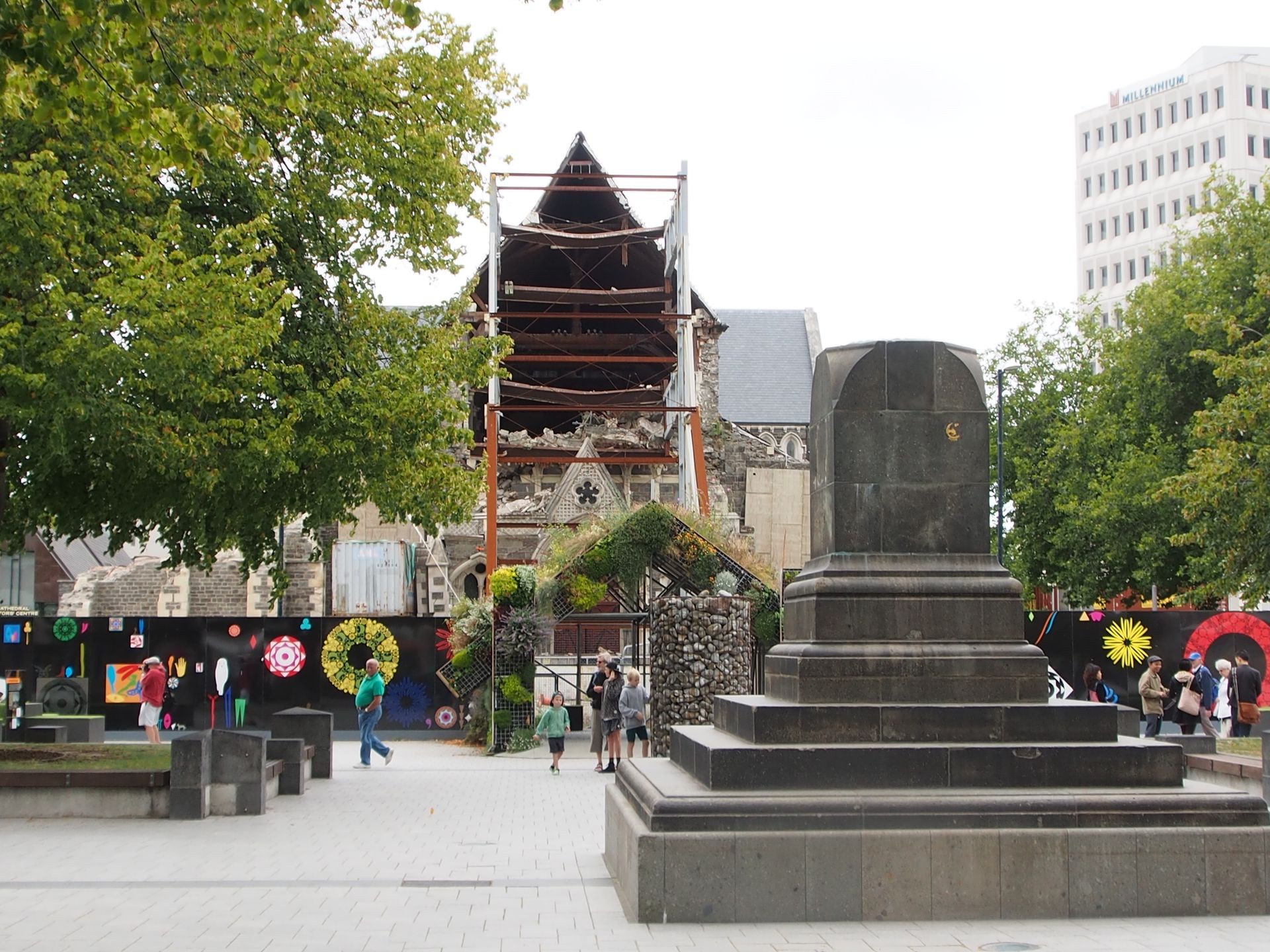
Monuments without a memorial
All destroyed. In the Quake City, a "museum" / exhibition about the special danger of earthquakes in this region, the top of the cathedral and other things are displayed. Impressively and movingly, there are video documentations of the earthquake recorded by webcams and interviews with people who were affected. A girl tells that she was trapped between her desk and the ceiling of the floor above for hours and couldn't move her hand. A young man was buried, touching her fingers, which she couldn't feel. When her hand was freed during the rescue operation, she saw four of her fingers simply fall off. Horrible.
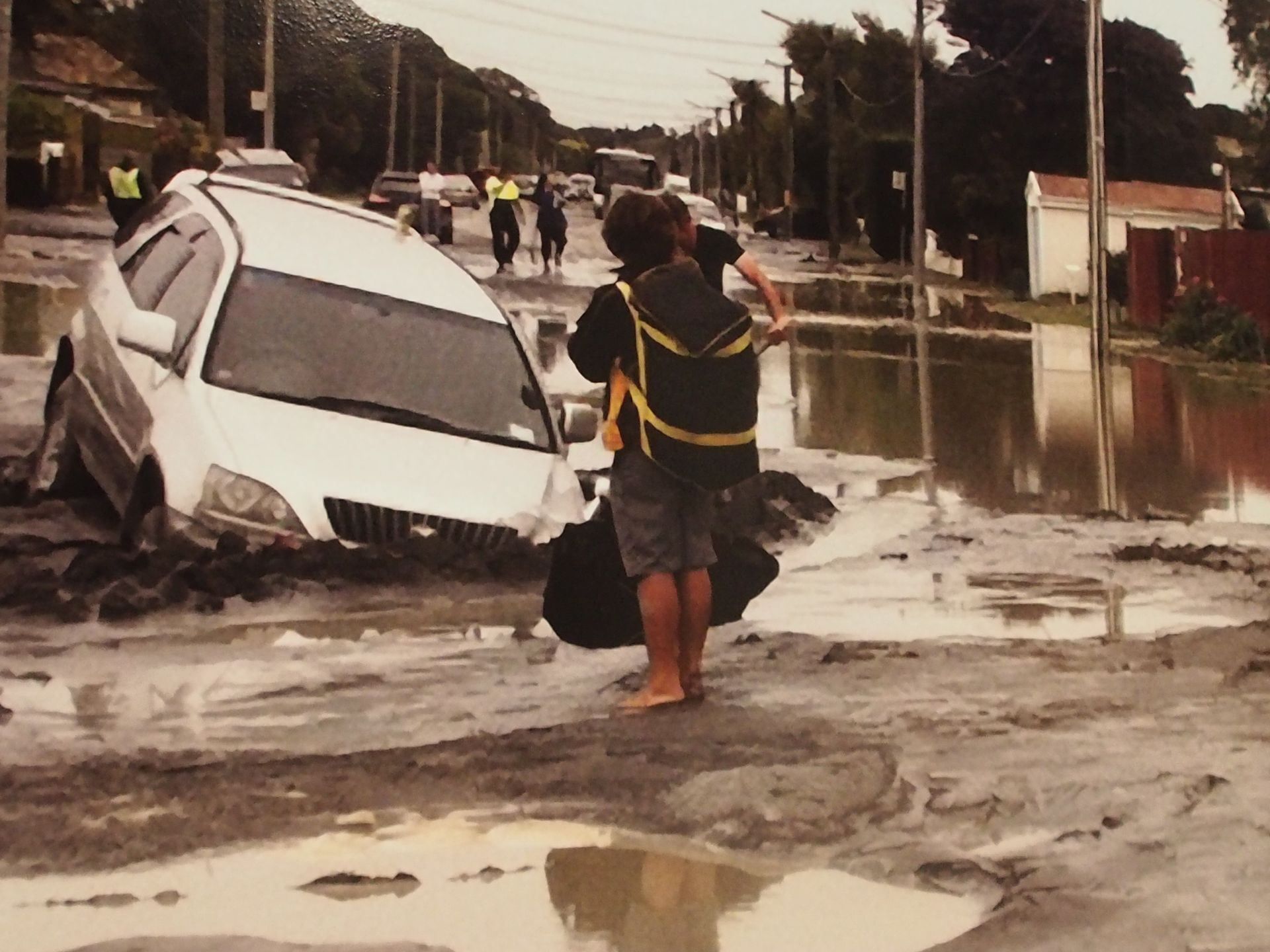
Soil Liquefaction (Photo in the 'Quake City' Museum)
Something that accompanies earthquakes is called Soil Liquefaction. The soil liquefies in certain areas, in Christchurch, it was the east of the city where the soil is particularly thin. After an earthquake, a gray sludge emerges from the ground. Not only outside, but also inside houses through the floor. In areas where the soil is particularly sandy, the sandy layer liquefies into a sand-water slurry, and areas of the subsoil can then be squeezed out. The entire underlying layer becomes unstable, and buildings erected on it sink.

I find the impression of Christchurch terrible. How many decades do they want to rebuild here? A lady in a shop where I buy two towels says that they talk about the ¨New Normal' when they mean the time after February 22, 2011. The shops in the city center are housed in colorful containers. The area is called Re:Start. That's what it really has to be. A fresh start. So many lives were destroyed on February 22, 2011. The city is one big construction site. My navigation system is useless. Every other street is closed, only accessible for cars of a certain category, others are only half passable.

Avon River in Christchurch
I perceive the city as somewhat deserted or half artificial. In any case, somewhat lifeless, but striving to be somewhat normal. People rush to work and stumble over fences and potholes - all normal here. It makes me really sad, especially in the east of the city, which means only 2 blocks away from the cathedral, about every other house is missing from one street. There are still houses around the cathedral, but they are all evacuated. You think you have a kind of skyline, but you don't even see that all these tall office buildings are empty. I painstakingly find my way towards the airport, my navigation system wants to take me a different way, but then the road is missing again. Today I'm flying with JetStar, a subsidiary of Qantas, and I'm curious to see how it goes. The internet said that they only allow 20kg of luggage and charge $17 per kilo over that. That would still be tolerable, but annoying. Therefore, I packed as much as possible in my backpack, which now weighs around 15 kilos, next to 4 t-shirts, travel guides, documents, camera with three lenses, all chargers for everything, MP3 player, papers, etc. etc. I drop off the car in the form of simply parking it, nobody cares if it's okay or full, and then I drop off the key at the rental company in the arrival hall. Immediately after that, JetStar opens the check-in counter and everything goes smoothly. I have 21.8 kilos in my bag, and carry-on luggage is not weighed, apparently 1.8 kilos over the normal luggage limit is still acceptable.
The plane departs at 8:50 pm. The plane is an A320, fairly new, leather seats - and that from a budget airline. Very comfortably fitted, good legroom. I can recommend the airline. We arrive in Auckland 20 minutes ahead of schedule, so at 9:50 pm. It takes a while for the luggage to arrive, and what takes even longer is the stupid transfer bus. Taxis don't pick you up because the Ibis Budget hotel is actually only just under a kilometer away. But it's pitch-black night now, and I have no idea which direction I would have to walk or whether there are even sidewalks. There is a transfer bus that runs every 30 minutes and stops at 4 hotels. One of them is the Ibis Budget. It finally arrives at 11:15 pm. The bus driver doesn't sell tickets, you have to buy them beforehand at a machine, which of course rejects any credit card. Luckily, I had enough change. But since 90% of the passengers didn't have any or didn't expect that they couldn't buy a ticket on the bus, the process takes forever because the bus driver practically explains the procedure to every passenger live at the machine. We drive from the domestic to the international airport, picking up about 20 people with luggage and boxes there. It's nauseatingly long. I can already see the Ibis Budget, but unfortunately, it is not the first stop, three other hotels are first (of four), and only on the way back to the hotel are we finally allowed to land at the Ibis Budget. It's almost midnight then. You think you have an airport hotel, and then it takes you two hours to get there.
The check-in is quick, and I quickly go to the supermarket next door. I'm famished. So I eat some junk food at midnight, gulp down a bottle of water, and fall into an unbridled deep sleep at 12:30 am.
Distance traveled: 106 km (today on the South Island)
Total distance on the South Island:
24.1.2014-30.1.2014: around 2,500 km
Бюллетенге жазылыңыз
Жооп

Саякат баяндамалары Жаңы Зеландия
